GEORGIA

Trademark Application
- A three-year power of attorney that has been notarized.
- Name and the applicant’s address.
- Twelve (5 x 5 or 5 x 10 cm) prints.
- A list of the products, services, and classifications that are related to them.
- A document with priority, if one is to be asserted.
Assignment Application
- A simple power of attorney signed.
- The proposed trademark for registration as well as the trademark application or registration number.
- The assignment deed, signed by both the assignor and the assignee, must be notarized.
- The assignee’s name, residence, country, occupation, and line of work.
- Whether the assignment is made with or without the company’s consent.
- Within six months following the assignment deed, if it is not done with the business’s consent, it must be registered with the Trademarks Registry.

Contact Us
To schedule a consultation and take the first step towards securing your intellectual property.
